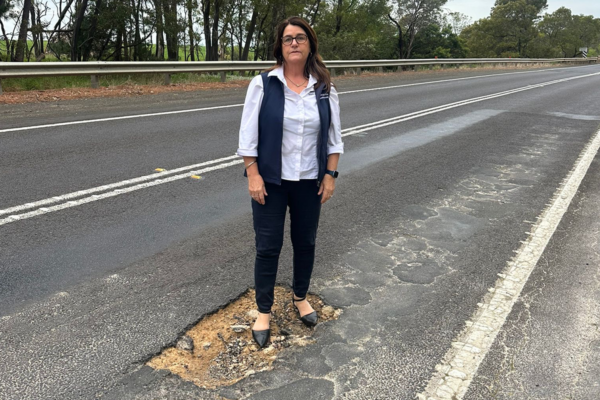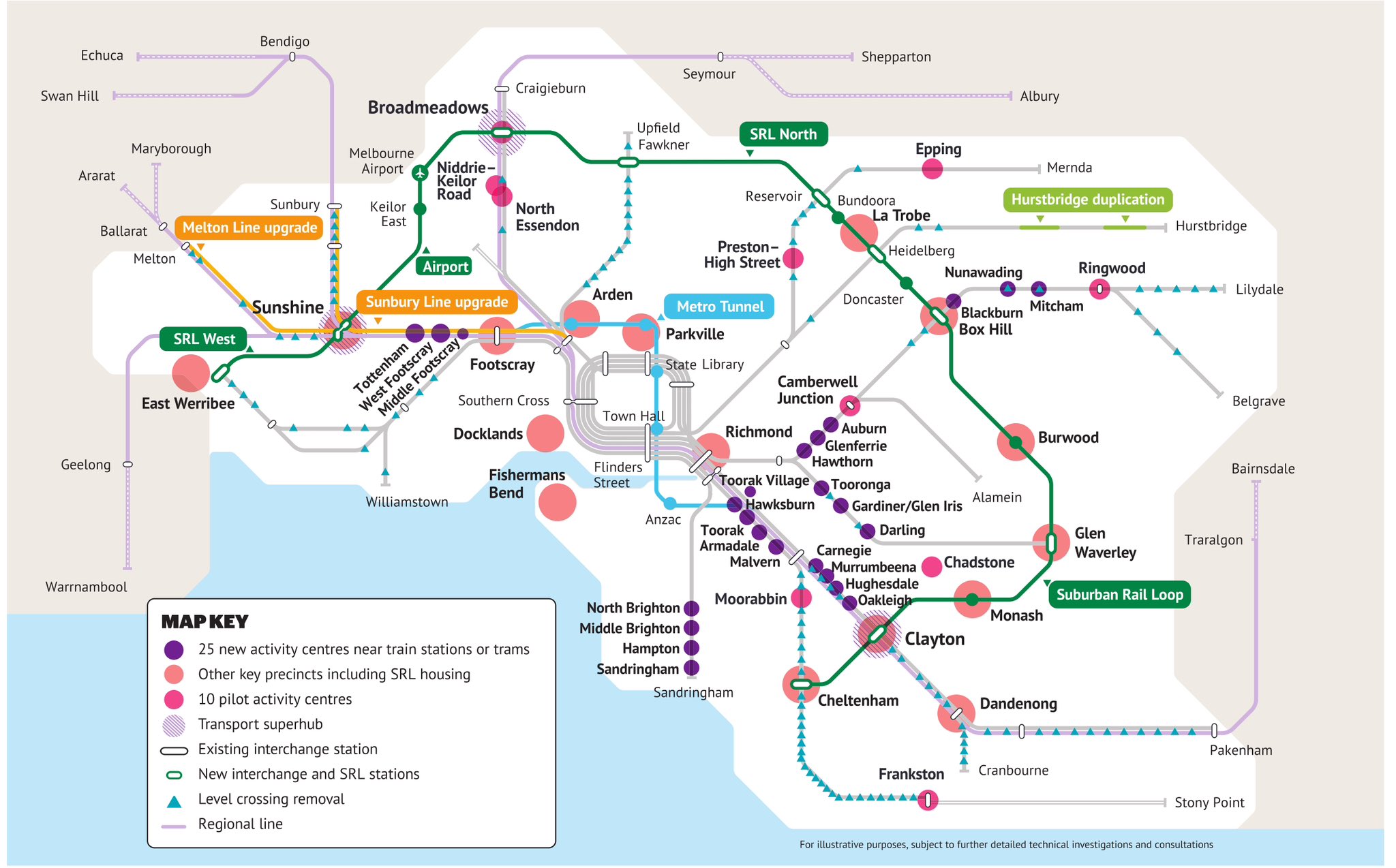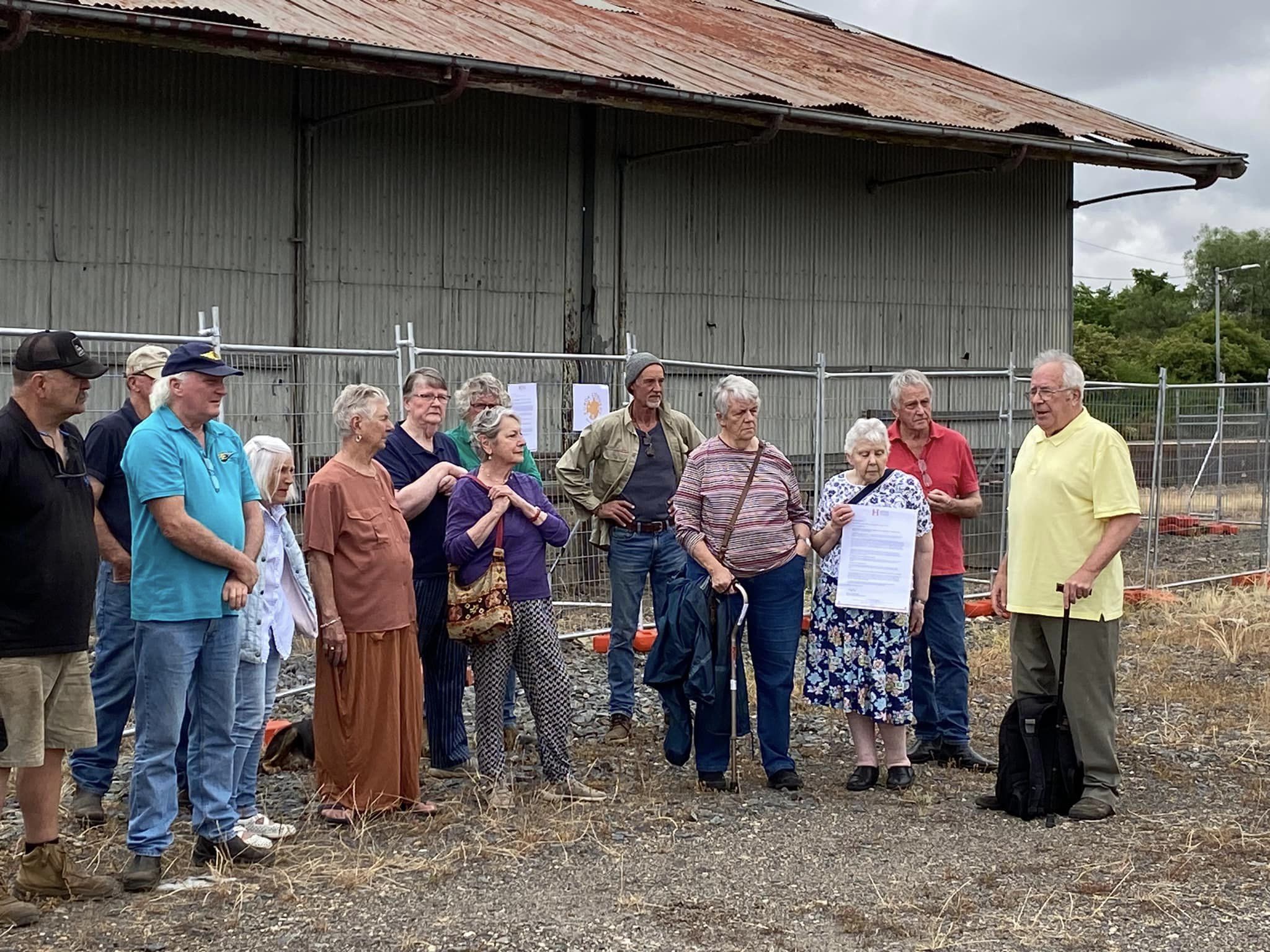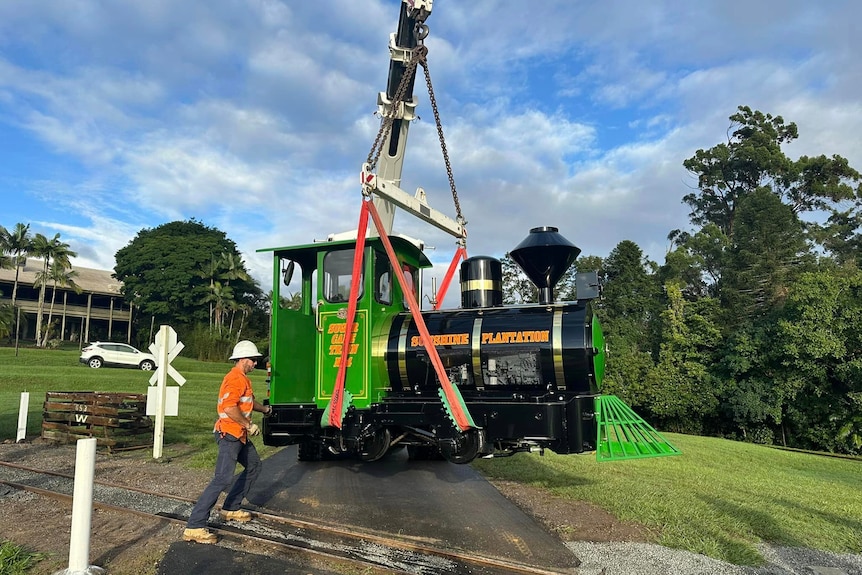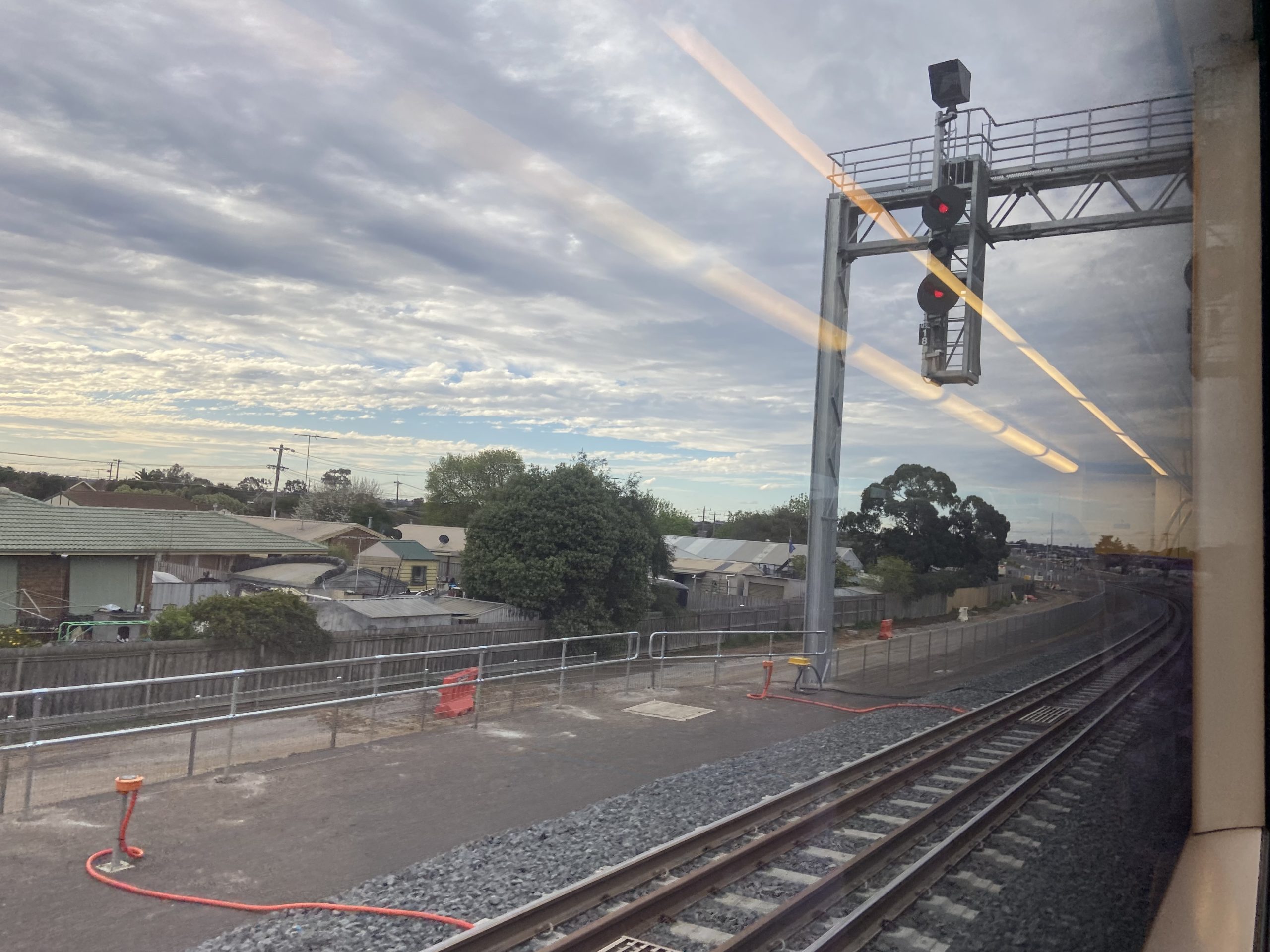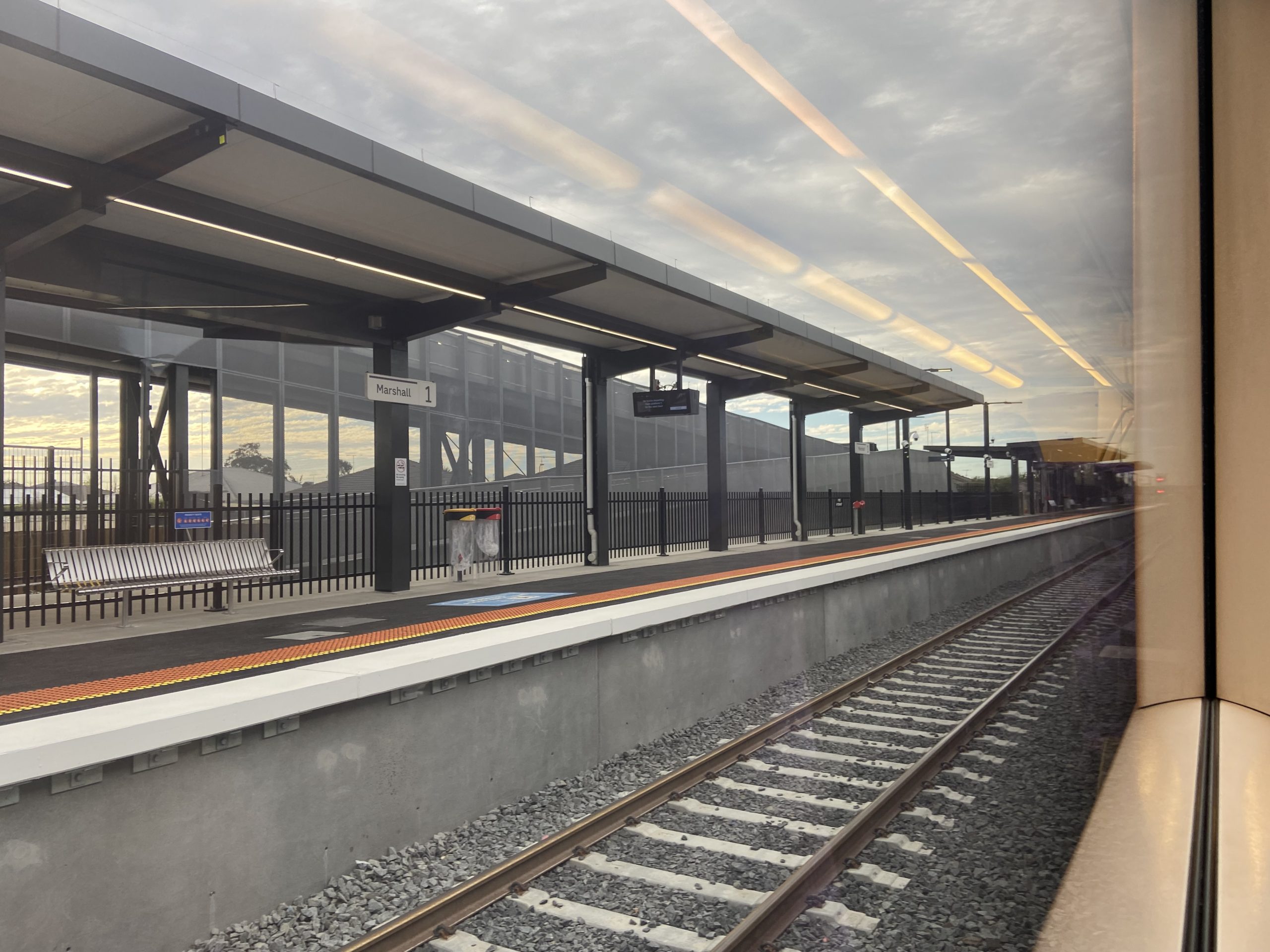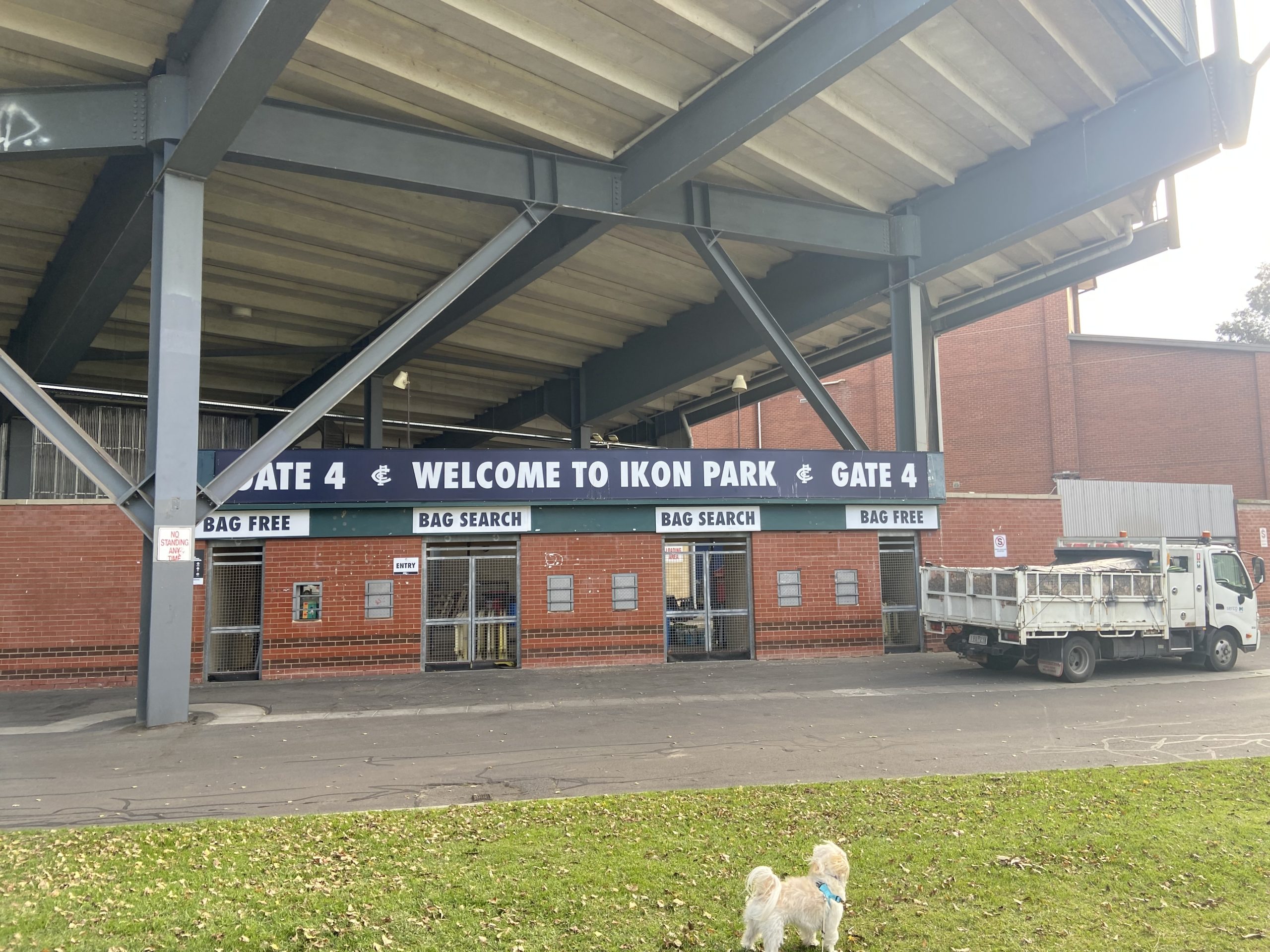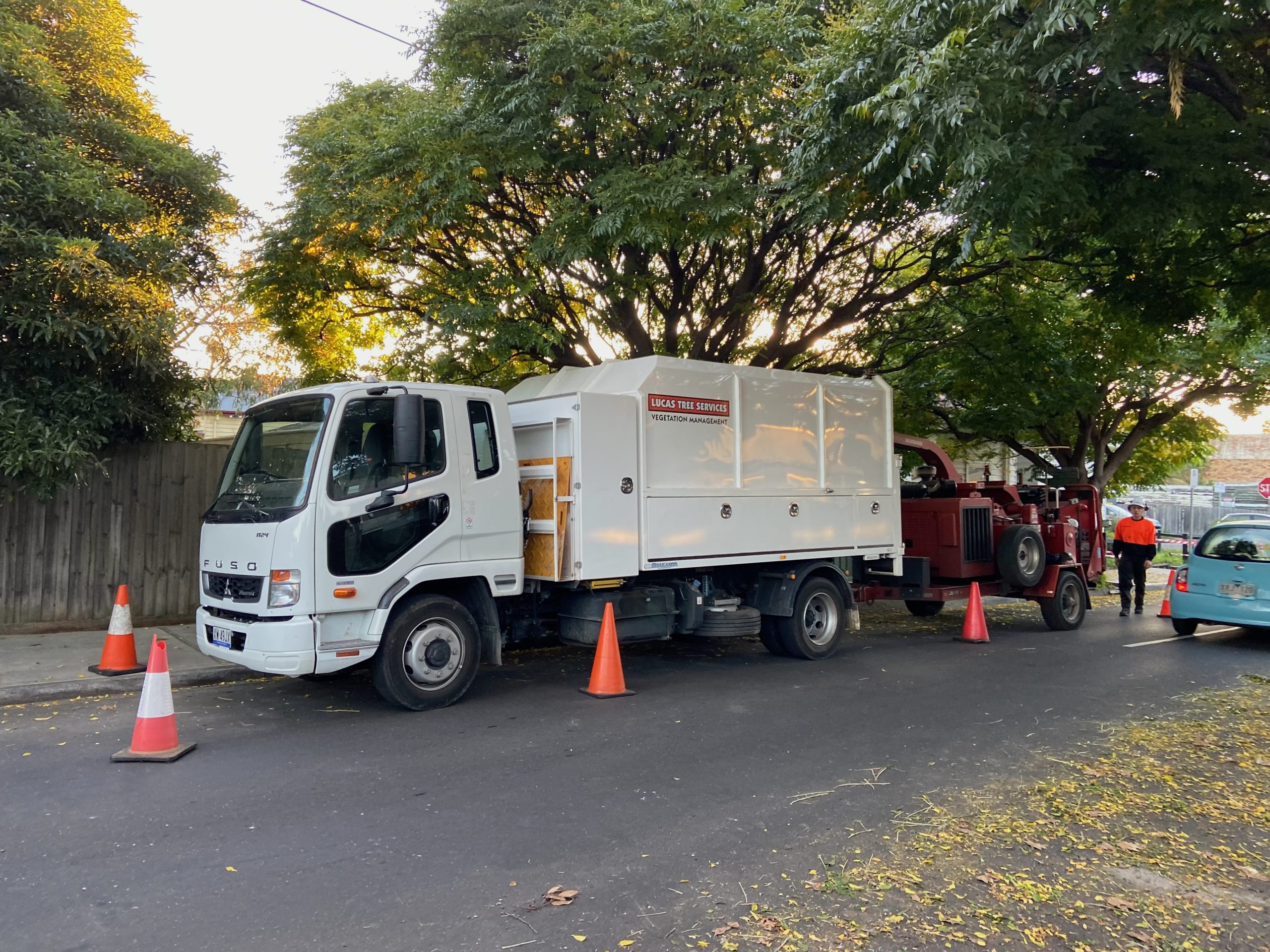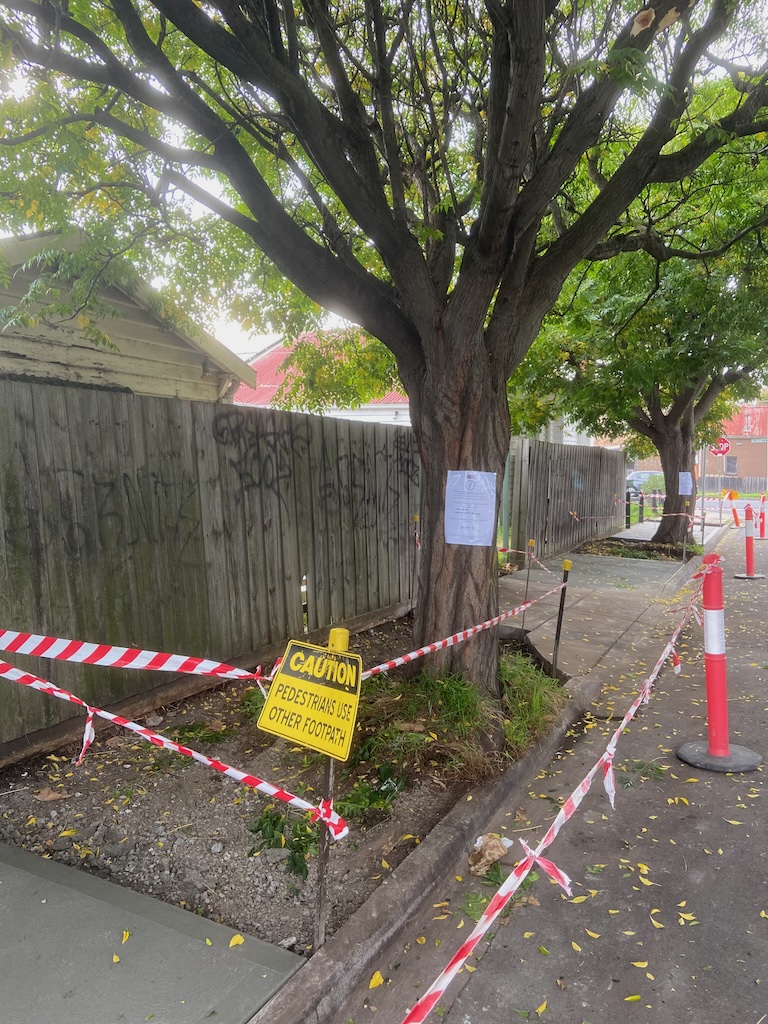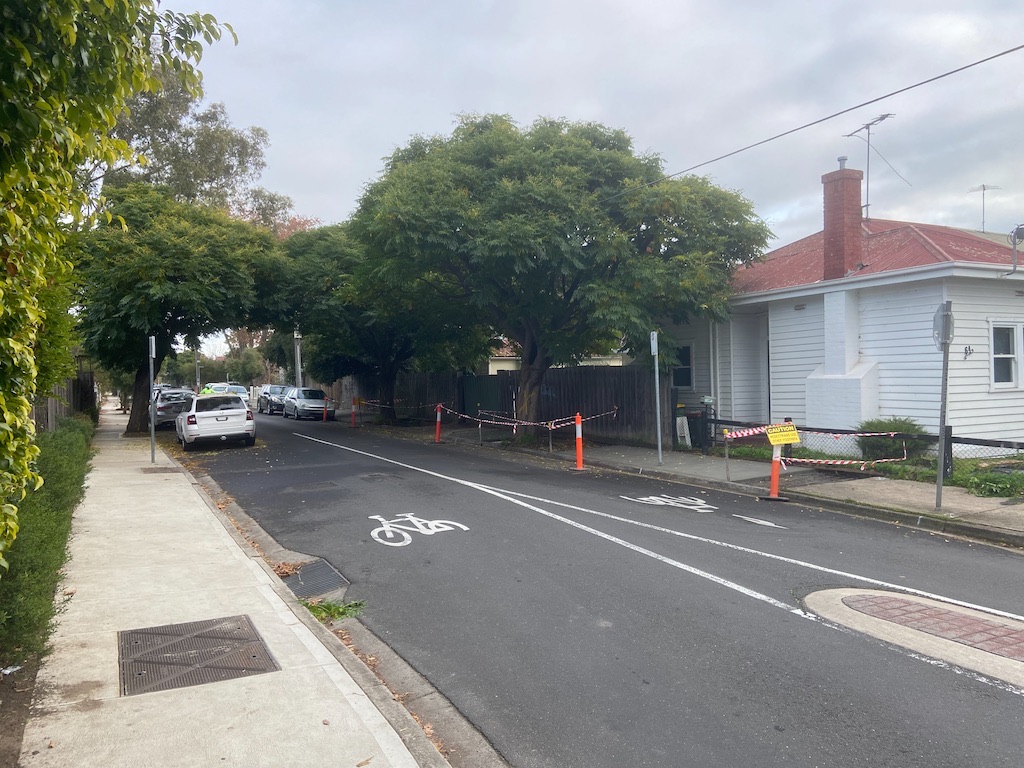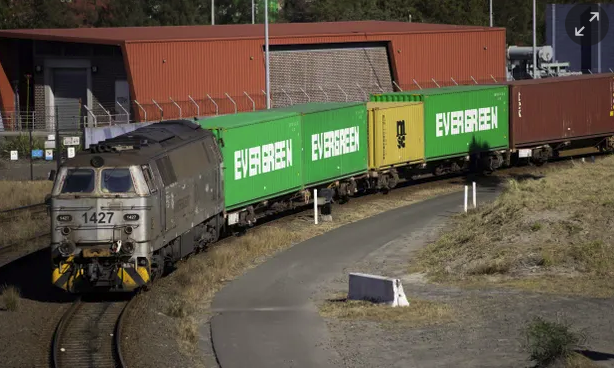England’s strategic road network faces significant challenges and uncertainty – Office of Rail and Road
24 July 2024

ORR said that this reflects a combination of factors, both within and outside the control of National Highways, the company tasked with maintaining and improving motorways and major A-roads in England.
Annual Assessment of National Highways’ Performance
In its annual assessment of National Highways’ performance for the 12 months from April 2023, ORR will say that the company has met a number of its targets, including those on pavement condition, incident clearance and the impact of roadworks on road users.
However, the company is at risk of missing key performance indicators it must achieve by next March, including average delay, the timeliness and accuracy of roadworks information, and the number of people killed or seriously injured on the strategic road network. These targets are not fully in National Highways’ control, but the company must demonstrate that it is doing all it can to positively influence them.
These targets were set out in the government’s second road investment strategy, which details what the company should deliver with the funding it has been provided.
Of the enhancements commitments that National Highways was tasked with achieving in RIS2, the company has successfully delivered 37, while target dates have been missed for 11. The primary reasons within National Highways’ control for non-delivery are the company’s supply chain management and poor asset data.
The company has also had to manage significant uncertainty in its portfolio and funding in the last year because of legal challenges to planning decisions, high inflation, and delays in government decisions.
Looking towards the final year of RIS2, National Highways now needs certainty as to the commitments it is required to deliver and the available funding to do so.
If the company is to deliver successfully for road users and taxpayers, decisions that were held up by the General Election need to be finalised, so that the company can adjust its programme and resources.
It is also important that National Highways improves its evidence to demonstrate how it is effectively managing risks to its performance and delivery, and that it is making the best use of public funds as it prioritises its activities.
Investigation of National Highways’ compliance with its licence and delivery of RIS2
Earlier this year ORR observed a number of areas where performance had dipped.
The number and breadth of these concerns, and the proximity to the end of the road period in March 2025, led ORR to open an investigation into National Highways’ performance, delivery and capability.
ORR subsequently determined that National Highways is not in compliance with its licence in respect to the provision of data and information that ORR may require (licence condition 7.3(e)), to allow the regulator to deliver its statutory duties. Providing appropriate and timely data and information is crucial, as ORR uses it to drive improvements in delivery and performance from the company, in the interests of road users, taxpayers and communities.
National Highways has responded positively to the investigation and has already identified a number of improvements it will make. ORR will continue to engage with the company as it finalises and implements its improvement plan, to bring it back into compliance with its licence and to address the issues and concerns identified in the investigation.
ORR will monitor the delivery of this plan.
Feras Alshaker, Director, Planning and Performance, said:
Notes to editors
- ORR has regulatory and enforcement powers to ensure that National Highways complies with its legal obligations set out in the Infrastructure Act 2015.
- ORR has published the outcome of its investigation into National Highways’ compliance with its licence and delivery of RIS2. The relevant documents are on the ORR website.
- Funding for National Highways is allocated by government in ‘road periods’. The first road period ran from 2015 to 2020 and the second runs from 2020 to 2025. The funding is provided alongside the road investment strategy, which sets out the government’s requirements that National Highways must deliver in exchange for its funding.
- Licence condition 7.3(e): The condition relates specifically to other data or information that ORR may reasonably require, where relevant to the fulfilment of our statutory functions. ‘Other’ implies additionality to the data and information we require under condition 7.1, that we specify under our Monitoring Reporting Guidelines (condition 7.2). This is our formal reporting requirement of the company. Condition 7.3(e), in contrast, includes data and information that we request on an ad-hoc basis as part of business as usual and enhanced monitoring. The examples highlighted in our case to answer letter were drawn from these instances. We request – or expect the company to proactively provide – this type of data or information primarily when an emerging concern or risk has been identified by us or the company. We use the data and information to help us understand how the company manages and mitigates these risks before they crystallise into issues that have negative impacts on road users. This is fundamental to ensuring that we can fulfil our statutory role and help to drive more efficient delivery and effective performance from the company.













